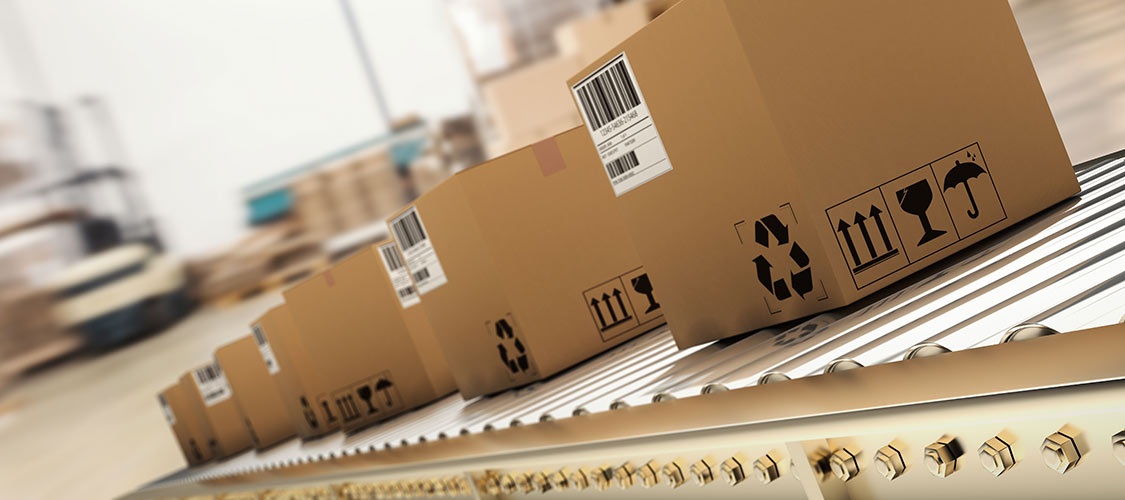With the recent explosion of e-commerce coupled with increased global manufacturing options, getting product into the US is big business. We’ve written previously about how easily companies can now spin up international operations, even with a very limited footprint, and that trend continues. As a result, all kinds of companies are finding themselves involved in a part of the Supply Chain they had previously: inbound logistics.
What is Inbound Logistics?
Inbound logistics includes any products that are being shipped to a location that is not the final customer. In most cases this means it’s going to a distribution warehouse, but it is certainly not the only situation. Many companies manage their own inventory out of corporate offices (especially when they’re small), other companies need to send raw materials to manufacturers for assembly, and then push a final product further down their supply chain, and more – the list grows every year as global commerce increases.
How are inbound logistics handled today?
Most companies take 1 of 2 paths for getting their products into a market:
- They pick a single shipping company and ask them to handle the shipping
- They have their manufacturer handle shipping, and charge this cost on to the customer
Both of these options are common because, well, it’s “feels” like the easiest way to handle shipping. It requires minimal extra effort, and you can concentrate on higher visibility issues.
So whats the problem?
The problem is by using the methods above, companies are often paying 30-50% more in freight costs than a well-managed process, and there is often no technology to help tracking, auditing, scope changes, customs, etc. Why? Because with global footprints there is no single shipping company that owns the freight markets. Prices are determined based on a host of factors, and if you’re not looking at multiple options for EVERY shipment, you’re exposing yourself to major waste.
So what does this all mean?
If your company is involved in this process, you can easily turn this area into a service for your customers, save them money, and charge additional revenue for a value-added service?
There are really 3 components to solving this problem effectively for your customers:
- Technology to capture requests and manage the shipment process
- A way to obtain multiple bids for every shipment, ideally targeted to different providers based on their expertise
- A support team to deal with issues
With the implementation of the above you can quickly begin driving down the cost for your customers, and as part of the process, begin generating new revenue from this service. As an added benefit, you will also now start to get better visibility into these incoming shipments, which can help manage whatever next steps are required in the supply chain.






